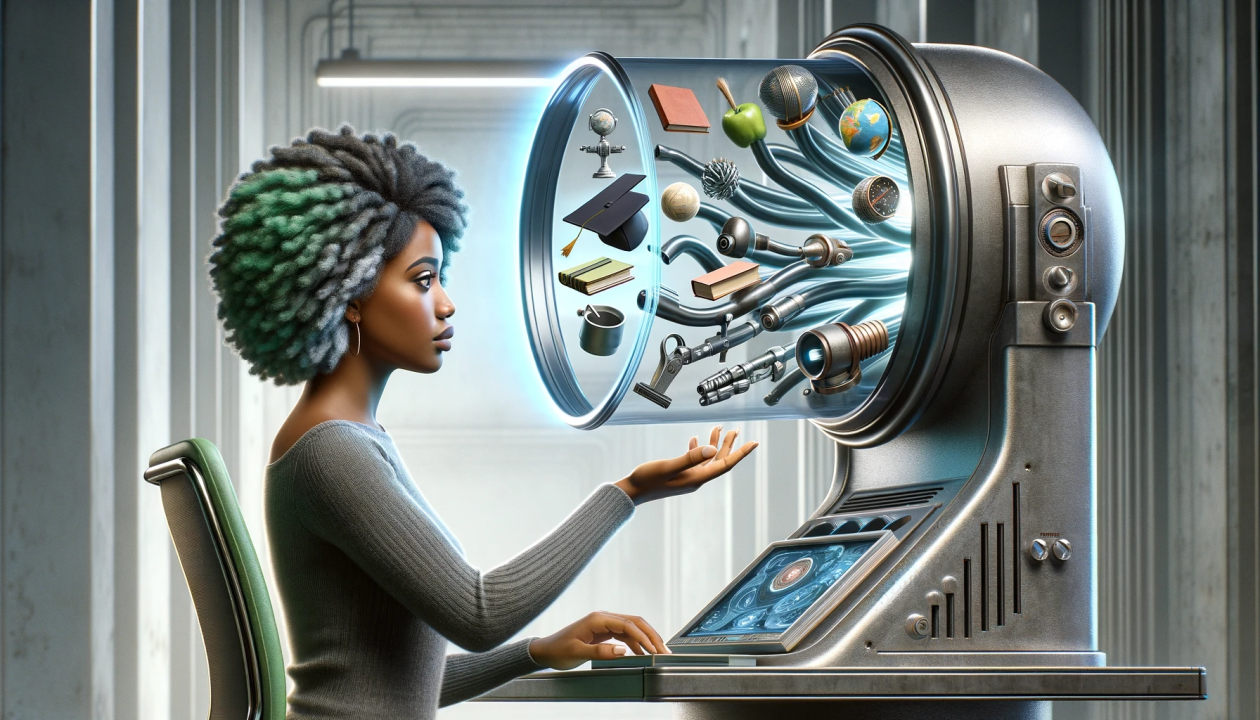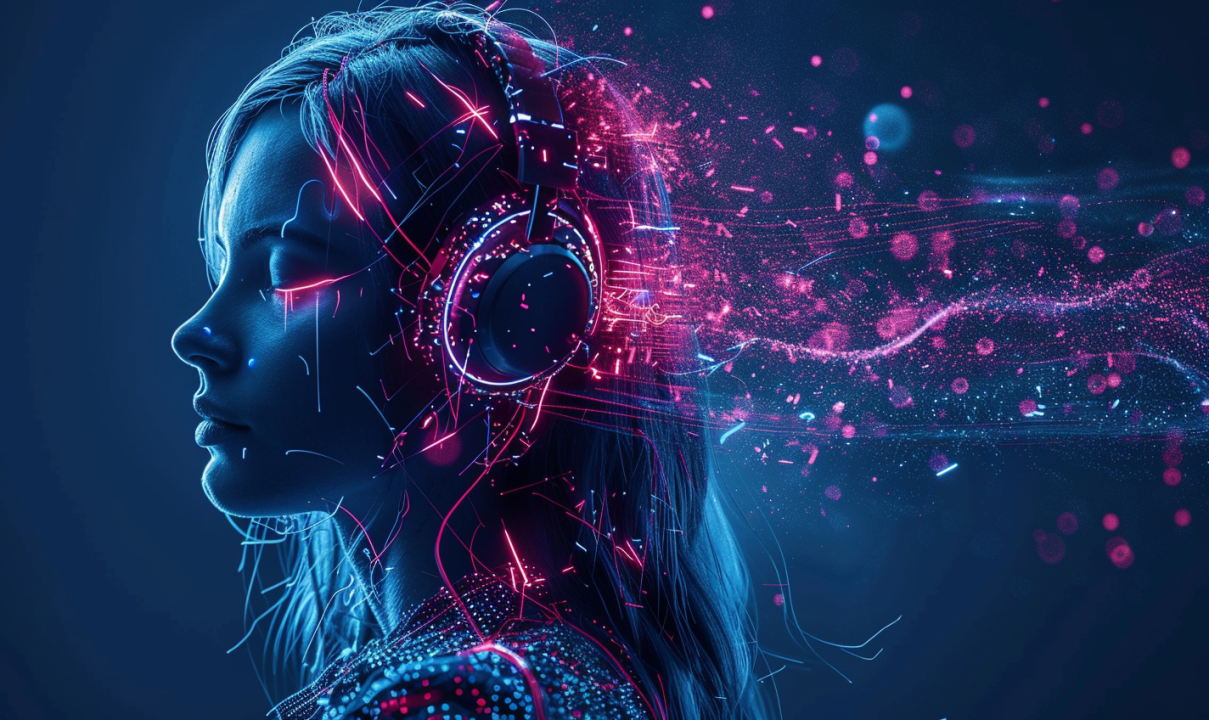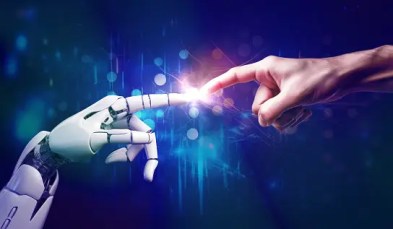Creativity has always been seen as a uniquely human trait—a spark of imagination that transforms ideas into art, stories, inventions, and innovations. But what happens when machines, powered by artificial intelligence (AI), step into the realm of creativity? Can algorithms and data truly shape the creative process?
AI has gone beyond number-crunching and automation; it is now a powerful ally for creators across the globe. From generating captivating visuals to composing symphonies, AI has opened new doors for artistic expression and innovation. In this blog, we’ll explore how AI shapes creativity, its impact on different fields, challenges, and the exciting future it promises.
What is Creativity in the Age of AI?
Traditionally, creativity has been defined as the ability to produce original and valuable ideas. It’s deeply personal, rooted in emotions, experiences, and a dash of serendipity. However, in the age of AI, creativity is being redefined. AI doesn’t feel emotions or have personal experiences, yet it can analyze patterns, learn from massive datasets, and even simulate creative processes.
When we blend human intuition with AI’s analytical precision, we unlock new forms of creativity. For instance, an AI can take thousands of images, analyze their style, and create an entirely new artistic piece that feels both fresh and familiar. It’s not about replacing human creativity but enhancing it by offering new perspectives and possibilities.
AI as a Partner in Creative Processes
AI has already established its presence in several creative fields, working alongside humans as a collaborative partner. Here are some notable examples:
AI in Visual Arts
AI-powered tools like DALL•E, DeepArt, and Runway have revolutionized visual art. Artists use these tools to:
- Generate unique art pieces by combining different styles.
- Assist in graphic design by suggesting layouts or creating entire compositions.
- Enhance traditional artworks with digital features.
For instance, AI-generated art has been auctioned at prestigious galleries, proving that creativity isn’t limited to human hands. Artists now have an assistant that can brainstorm alongside them, offering a burst of inspiration when they hit a creative block.
AI in Music
The music industry has embraced AI to compose melodies, analyze sound patterns, and even produce entire albums. Tools like AIVA and OpenAI’s Jukebox enable musicians to:
- Create original compositions based on specific genres or moods.
- Experiment with new soundscapes by blending diverse musical styles.
- Speed up production by generating background scores or draft melodies.
One striking example is AI composing symphonies that blend classical and modern elements, leaving audiences in awe of its melodic innovation.
AI in Writing
AI-driven writing tools like ChatGPT (yes, like me!) and Grammarly are reshaping the world of words. Writers use AI to:
- Generate story ideas or plot outlines.
- Enhance grammar and style for polished content.
- Collaborate on creating novels, scripts, and articles.
Some authors even credit AI as a co-author, recognizing its role in pushing their creativity further.
Breaking Barriers with AI in Creativity
AI is more than a tool—it’s a catalyst that breaks traditional barriers in creative endeavors. Here’s how:
Democratizing Creativity
AI has made creative tools accessible to people without formal training. For example:
- Non-designers can create professional graphics using Canva’s AI-driven suggestions.
- Aspiring filmmakers can produce high-quality videos with AI-powered editing software.
- Hobbyists can compose music or write poetry with the help of AI tools.
This democratization levels the playing field, allowing more voices to participate in the creative conversation.
Overcoming Creative Blocks
Even the most brilliant minds face creative slumps. AI can act as a muse by:
- Generating ideas or suggestions based on a given theme.
- Providing fresh perspectives by analyzing trends and patterns.
- Offering a sandbox for experimentation without fear of failure.
For example, an illustrator struggling with a blank canvas can use AI to visualize concepts, turning vague ideas into tangible inspiration.
Examples of AI-Driven Innovation
AI has already played a key role in remarkable innovations:
- A fashion designer collaborating with AI to create futuristic clothing lines.
- Architects using AI to design sustainable and visually stunning buildings.
- Filmmakers incorporating AI-generated special effects for immersive storytelling.
These examples highlight how AI can push boundaries, creating work that feels both innovative and impactful.
Challenges and Concerns in AI-Driven Creativity
While AI offers incredible opportunities, it’s not without challenges. Let’s explore some of the key concerns:
Authenticity vs. Automation
One of the biggest questions is: Can AI-generated work be considered authentic?
- Critics argue that AI lacks the emotional depth and context that make human art meaningful.
- On the other hand, supporters view AI as a collaborator that brings new dimensions to creativity.
The Risk of Losing Human Touch
There’s a fear that over-reliance on AI could dilute the human essence of creativity. If machines handle the “heavy lifting,” will humans lose their artistic identity?
Ethical Considerations
AI raises several ethical questions:
- Ownership: Who owns an AI-generated artwork—the programmer, the user, or the AI itself?
- Bias: AI models can unintentionally replicate societal biases, leading to unfair or controversial outputs.
- Over-dependence: Relying on AI for creativity might stifle original thinking in the long run.
The Future of AI and Creativity
AI’s impact on creativity is still in its infancy. The future promises even more exciting possibilities:
Collaborative Creativity
AI will continue to act as a co-creator, working alongside humans rather than replacing them. For instance:
- Writers might use AI to craft interactive stories that adapt to reader preferences.
- Musicians could collaborate with AI to create live performances that evolve in real time.
Emerging Trends
Here are some trends to watch out for:
- AI-Generated Films: Movies where AI helps write scripts, design sets, and create digital characters.
- Interactive Storytelling: AI-powered narratives that let audiences influence the plot.
- Virtual Reality Art: Immersive art installations driven by AI-generated visuals and soundscapes.
Speculations for the Next Decade
In the next 5-10 years, AI might:
- Create personalized art and music tailored to individual tastes.
- Serve as an educator, teaching creative skills to beginners.
- Revolutionize creative industries with tools we can’t yet imagine.
Conclusion
AI is not here to replace human creativity—it’s here to amplify it. By analyzing patterns, generating ideas, and offering fresh perspectives, AI helps creators push boundaries and explore uncharted territories. While challenges remain, the potential for collaboration between humans and AI is limitless.
As we navigate this new era, it’s essential to embrace AI as an ally. By combining human intuition with machine intelligence, we can redefine creativity for future generations. So, why not take the leap? Experiment with AI-powered tools and discover how they can unlock your creative potential. The future of creativity is here, and it’s powered by AI.







